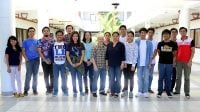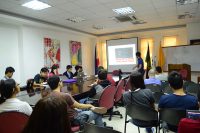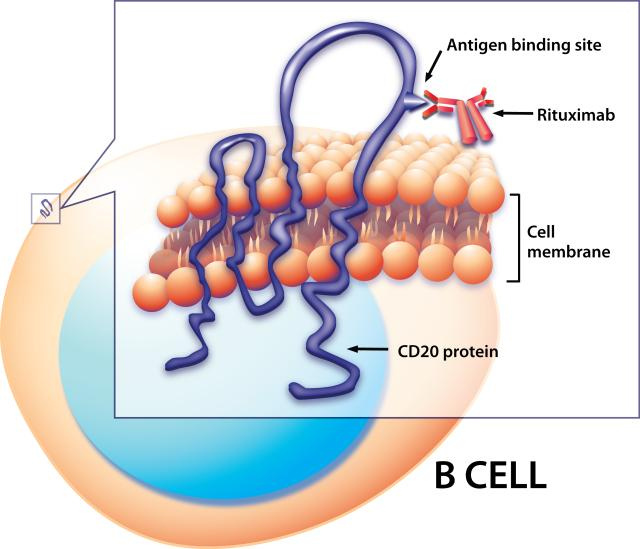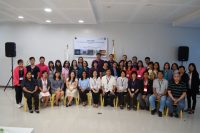Locally-based and UK-based scientists and researchers share research studies, best practices in understanding epidemiology of infectious diseases, and how advanced tools like Next Generation sequencing and bioinformatics can aid in the detection, prevention and control of the diseases.

Therapeutic Research Application of CRISPR/Cas9 Genome Editing
Held usually at 3:30pm on Fridays, TGIF discussions are informal talks on current scientific topics and events.

GEID Philippines 2017
This five-day Workshop will be held at the National Science Complex, University of the Philippines, Diliman, Quezon City, Philippines, aimed at early career researchers from the UK and the Philippines.

Introduction to Variant Calling and RAD Seq Analysis
While bioinformatics is essential in the life sciences, relatively few biologists have the expertise to conduct in-depth computational analyses of their data. The realm of bioinformatics is mostly handled by computer programmers and IT professionals, who carry the tasks of analyzing, organizing, and storing data produced by molecular biologists.

Viral Genomics Training Workshop at the PGC
Dr. Ana Da Silva Filipe, research fellow and next generation sequencing (NGS) facility manager at the Center for Virus Research, University of Glasgow, led participants in the whole-genome sequencing of the Hepatitis C virus in a training workshop conducted by the University of the Philippines National Institutes of Health (UP-NIH) and hosted by the Philippine Genome Center (PGC) on 18-26 April, 2017.

Data Management Workshop
The short session on Data Management is organized for users of the PGC Bioinformatics facility last April 19, 2017 at the NIMBB Conference Room. Biological data is constantly increasing in size and complexity, and with these upcoming trends, the short workshop is conducted to be better equipped in handling these data on the CFB cluster.

TGIF Seminar: April 21, 2017
Held usually at 3:30pm on Fridays, TGIF discussions are informal talks on current scientific topics and events.

Characterizing a novel site-heterogeneous codon-based model of constrained protein evolution
Held usually at 3:30pm on Fridays, TGIF discussions are informal talks on current scientific topics and events.

PGC-GeoSmart-FIZ Symposium on Cancer Genomics
The event aims to explore collaborations between the PGC and GeoSmart (a Filipino startup biotech company) & FIZ (Frankfurt Innovation Center, Germany).

Introduction to Genomics and Bioinformatics
The Philippine Genome Center (PGC) conducted an introductory molecular biology workshop at the DOST-PCAARRD Innovation and Technology Center (DITC) in Los Baños, Laguna on March 3, 2017.
